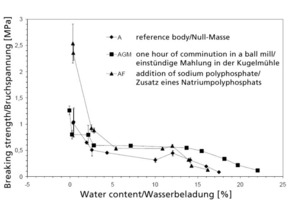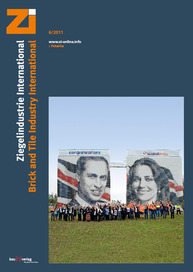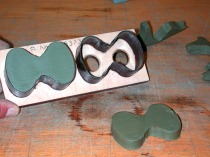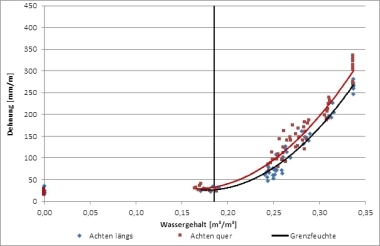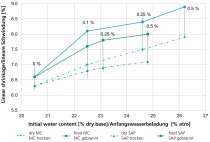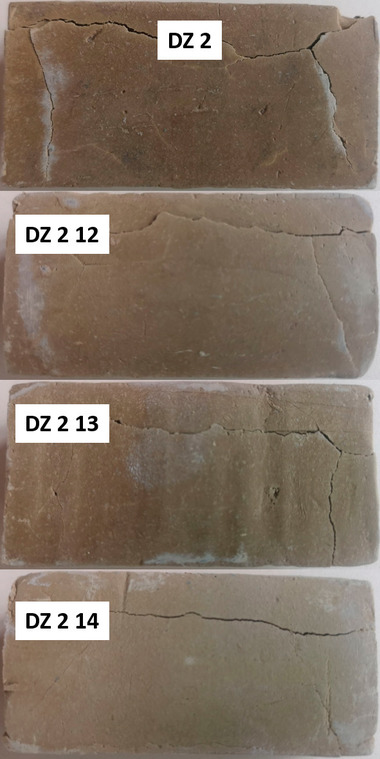Enhancement of the hydrostatic capillary tension in wet brick green bodies for a reduced susceptibility to cracking during drying
Research project conducted by: Research Alliance of the Brick and Tile Industry reg'd (FGZ)
Project number
AiF 15868 N
Promoted by
BMWi through the Cologne-based Arbeitsgemeinschaft industrieller Forschungsvereinigungen "Otto von Guericke" e.V. (AiF)
Implemented by
Institut für Ziegelforschung Essen e.V. (IZF)
Project manager
Dipl.-Ing. Ingo Hofmann
1 Context and problem statement
At first, shrinkage compensates for the loss of water associated with drying. However, as the water content diminishes, the coefficient of moisture conductivity also declines. If the drying rate is kept constant, the moisture gradient and, hence, the shrinkage gradient increase. When the tensile yield point is exceeded, tensile...

